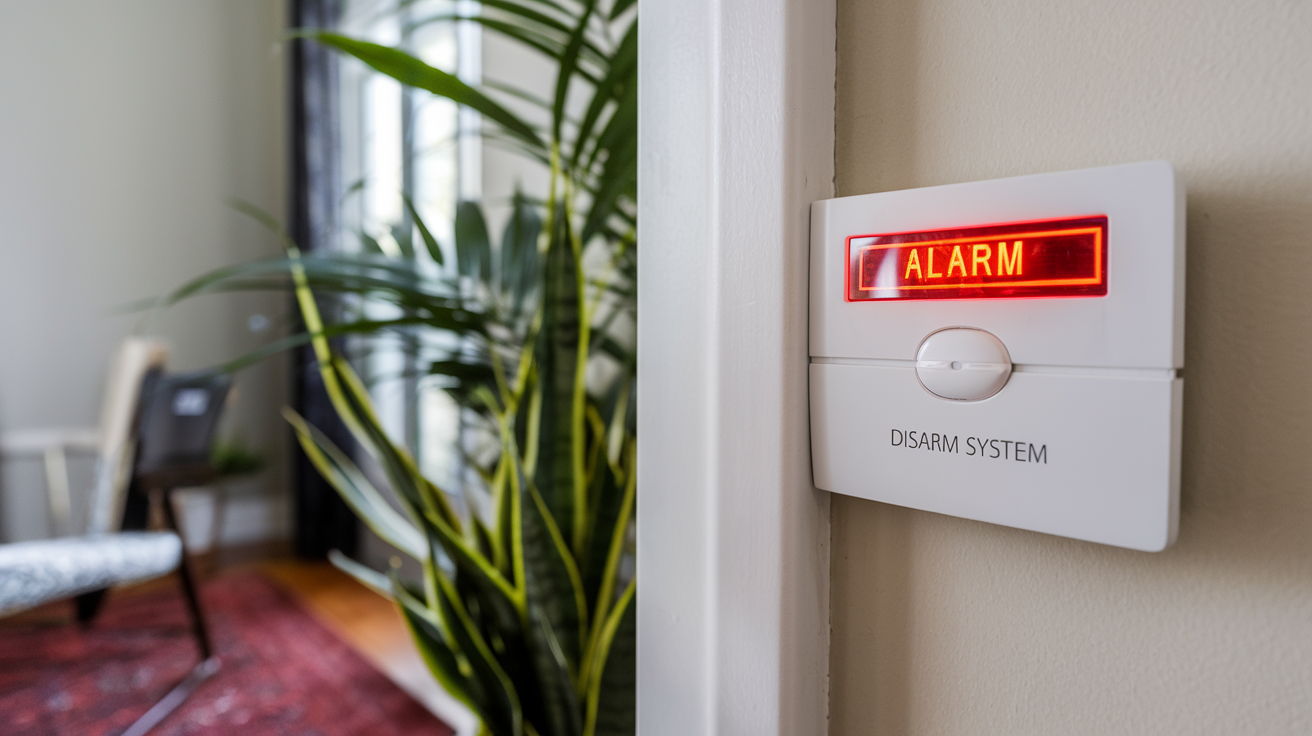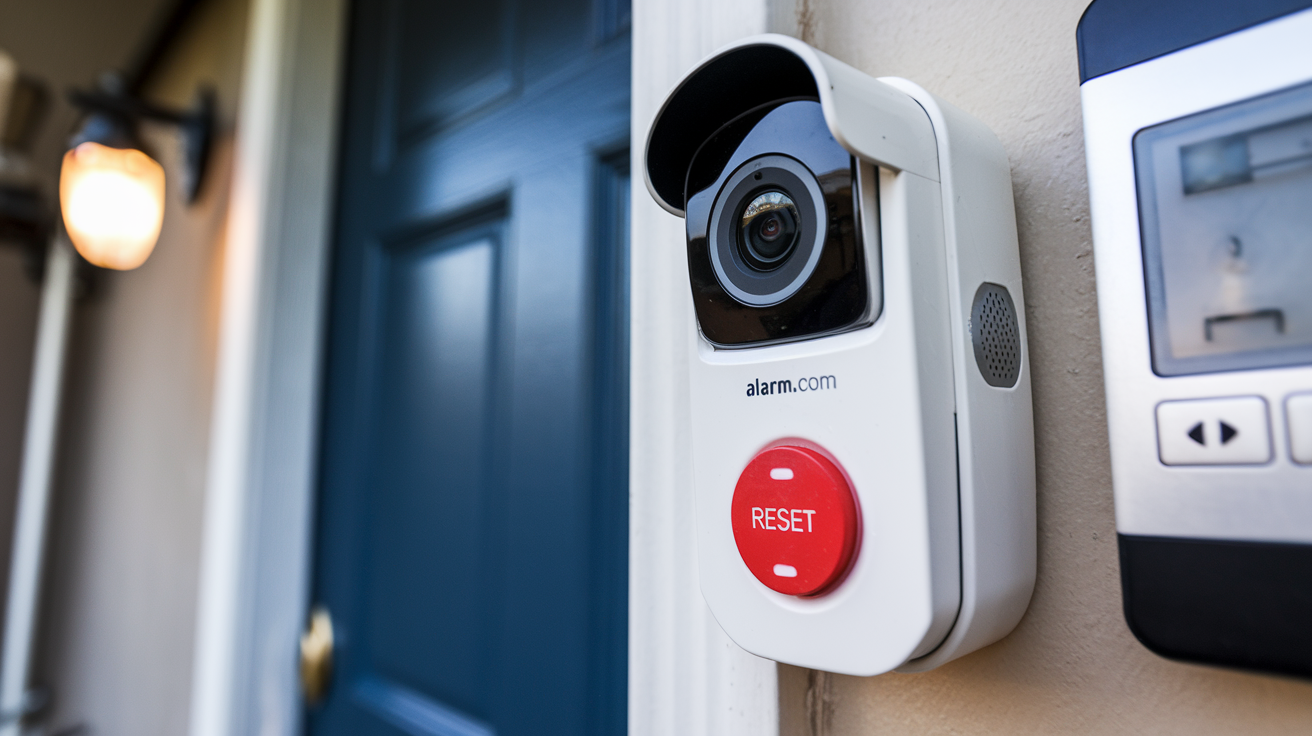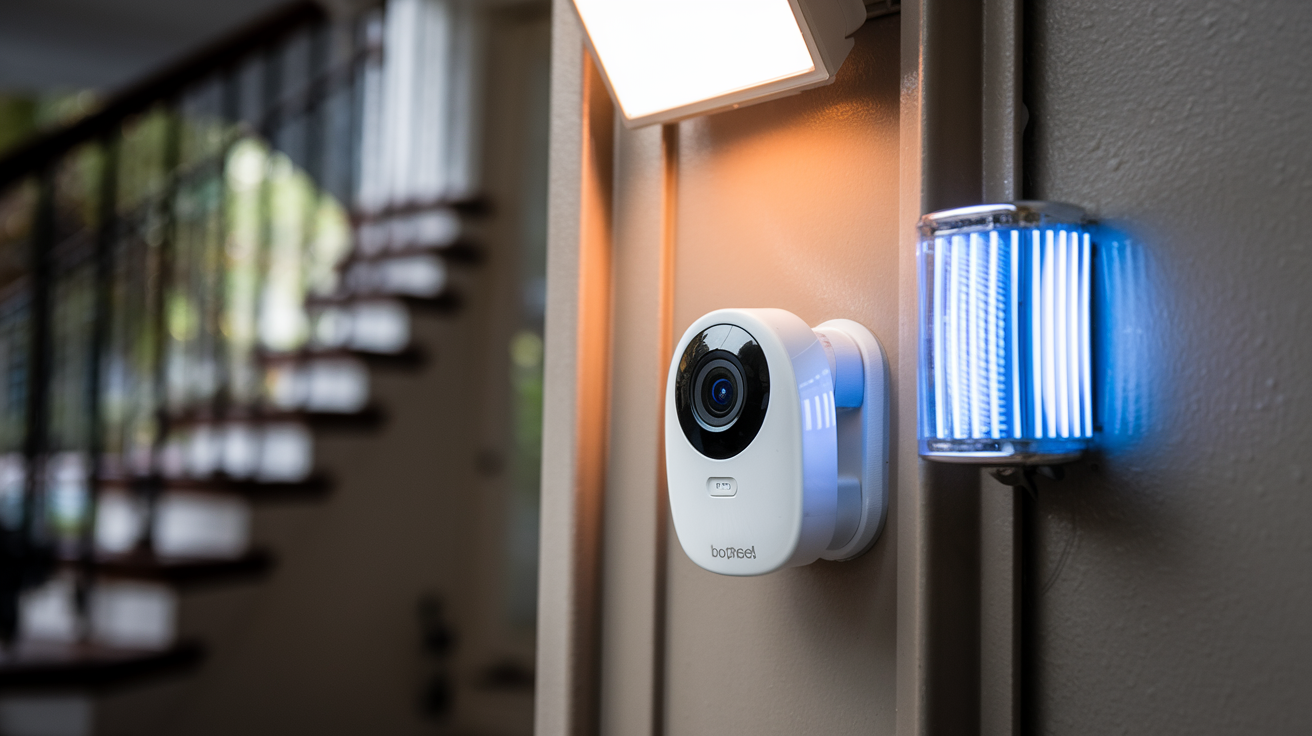The use of home security systems is on the rise in many homes across the country. Home alarm systems when correctly triggered and supervised should assist in discouraging intruders and notifying the security firms in cases of a break-in. However, such systems have to be used properly to serve their intended purpose. Below are some important tips to ensure that your home alarm system runs smoothly.
Arming Your System When you are leaving the house, you will need to set the home security system to make all the alarms turn on. Most systems are armed through a keypad with a 4-6 digit security code, often placed at the door that is most frequently used. In case your system is monitored, the security company will receive a signal that the system has been armed. In leaving the house, check that all doors and windows are well locked because their opening will set off the alarm when the system is activated.
Disarming Your System When getting to the home, you have to dismantle the system to switch off the sensors before getting into the house. This is done by putting down the security code that only you know into the keypad. This is because, if the wrong code is entered, the system may activate the alarm. When done properly, the keypad will display that the system is disarmed and the occupant can enter the premises without setting off the alarm or causing the monitoring company to become alerted.
Alarm Triggers Once the system is armed and one of the sensors picks up movement or a door/window opening, the siren will sound, and possibly the police as well. Instead, the alarm panel will alert you on which specific sensor has been triggered in case there is a security issue. There is often a grace period before the authorities are notified if the alarm was pulled accidentally. However, do not be surprised if repeated false alarms lead to a penalty of some kind – in money, particularly.
The alarm is set at night as a part of a daily routine. Security systems often permit the arming of the system in a Stay mode for instance at night when everyone is sleeping at home. This will turn on sensors for exit doors while turning off those for areas occupied at night, such as bedrooms. If there are any movements inside the home after Stay mode is activated, then the alarm will sound. This offers extra protection at night when you are asleep.
Panic Buttons Sophisticated home security systems have panic buttons that, when pressed, cause the alarm to be sounded without going through the usual procedures. This will mostly trigger all the siren operations and instantly alert the relevant security forces. But some alarm service providers also let you quietly signal to them that there is an emergency as well. However, since these panic functions immediately call for help, they should be used sparingly and only when necessary. Inadvertent cues must not be allowed.
Activity Monitoring Your home security system might give information on the activity giving details about when your alarm was turned on and off. This lets you oversee the use of the system and observe patterns of activity around your home. You may also be able to receive alarms if activity happens while you are out of the house, or if the system is in the off state at some times. Supervising these activity reports helps improve the home alarm system security.
Testing the System It is recommended that homeowners should occasionally check on their home alarm system to confirm its functionality. You can also set the time for test alerts and the time taken to respond to such alerts. Using alarms to test other communication functions can also ensure that alarm signals are reaching monitoring stations as expected. Such testing shows that authorities will be informed immediately in case of an actual emergency.
Changing Access Codes Many security systems enable you to give limited access codes to your visitors for example baby babysitters, cleaners, and builders. Set specific disarm codes for every occasional or periodic user of the premises. Also, change the master access code for your security system periodically or where necessary, especially when some people who have had access in the past may have moved out or been fired from their jobs. This will only allow the authorized persons to access it and also the security of the home will be boosted.
Understanding False Alarms One of the main reasons for false alarms is when the alarm is set off unintentionally during entry or exit of the home. So be careful to ensure that the system is disarmed properly upon arriving and armed when you are about to leave, give enough time to ensure a safe exit before the sensors come on. To eliminate false alarms one has to ensure that one adheres to all the rules regarding the arming and disarming of the system. But you should know that the local ordinances allow for fines in cases of too many false alarms within twelve months.
To sum up, home alarm systems offer essential security. However, their efficiency depends on the right use, which includes arming the system when you leave, disarming it when you get back, not triggering false alarms, and changing the code periodically. Adhere to all procedures concerning the operations of the security system and conduct regular checks to ensure that the system is functioning optimally. This will afford you dependable security in your home and the highest possible sense of security. In the case where you are working under any doubt about the mechanisms of the home alarm system, call your security provider for full instructions on the operation of the alarm system. When used appropriately, your home alarm system should offer you decades of protection services.
Protect your home today with ADT’s top-rated security solutions!
Call now at +1 877-470-7879 to get a free consultation and find out how you can secure your home with the best in the business. Don’t wait—ensure your peace of mind with ADT!







